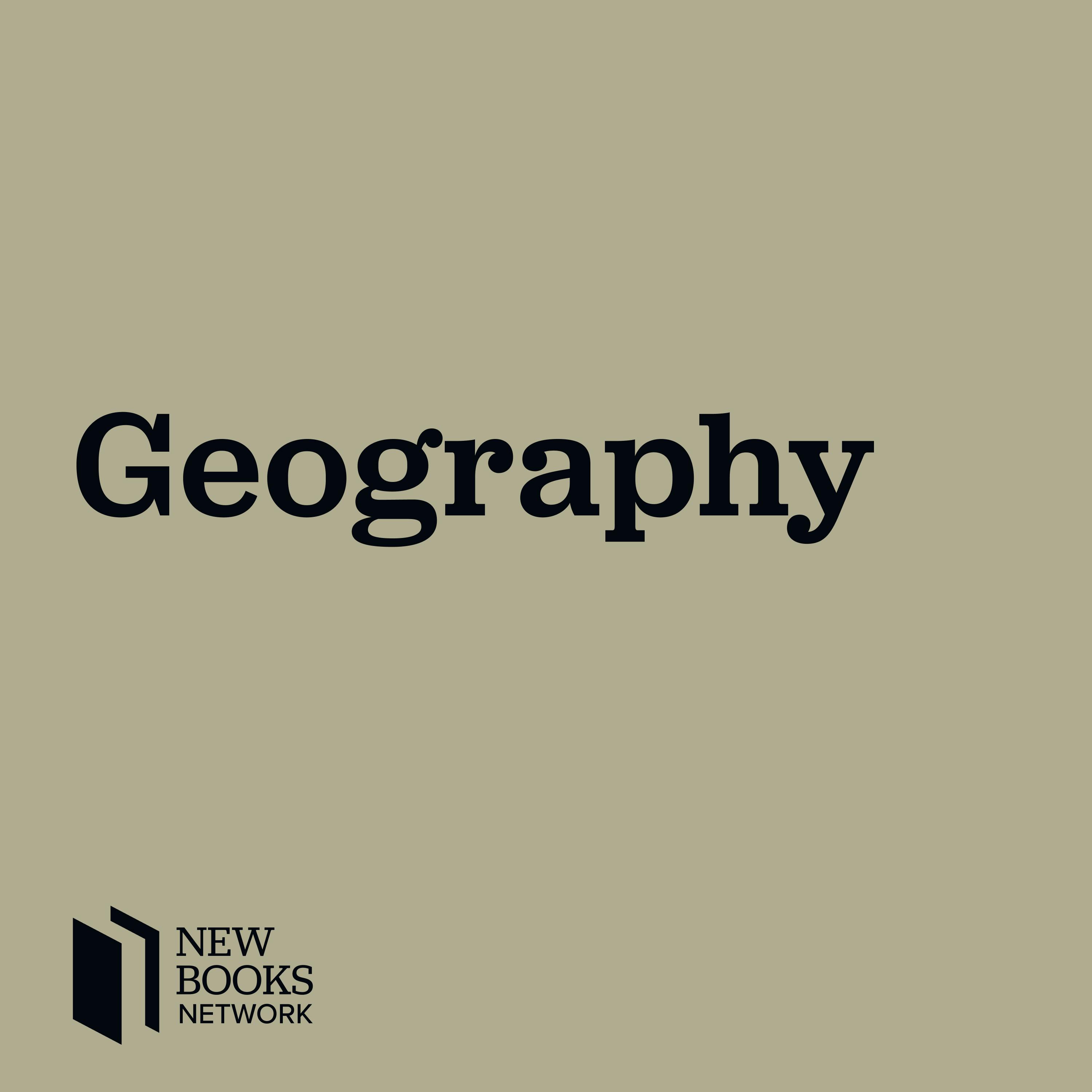
Lisa Messeri, “Placing Outer Space: An Earthly Ethnography of Other Worlds” (Duke UP, 2016)

New Books in Geography
Shownotes Transcript
What kind of object is a planet? Lisa Messeri)‘s new book asks and addressed this question in a fascinating ethnography that explores how scientific practices transform planets into places and helps us understand why that matters not just for how we understand outer space, but also for how we understand the Earth and ourselves. Based on 15 months of participant observation in 2009 and 2010 that included interviews, involvement in research projects, conferences, email exchanges, informal chats, and more, Placing Outer Space: An Earthly Ethnography of Other Worlds )(Duke University Press, 2016) guides readers through four different field sites in order to analyze the significance of four different activities of place-making therein: narrating, mapping, visualizing, and inhabiting. As we move from the Mars Desert Research Station (MDRS) in Utah (where Earth itself is transformed into a Martian place) to the NASA Ames Research Center in Silicon Valley, to exoplanetary research at MIT, to Cerro Tololo Inter-American Observatory (CTIO) in Chile, and more, we come to see how geological, digital, pedagogical, observational, and other tools help shape how we understand Mars, exoplanets, and the earth itself. It’s a fascinating study that will be of wide interest!
Learn more about your ad choices. Visit megaphone.fm/adchoices)
Support our show by becoming a premium member! https://newbooksnetwork.supportingcast.fm/geography)